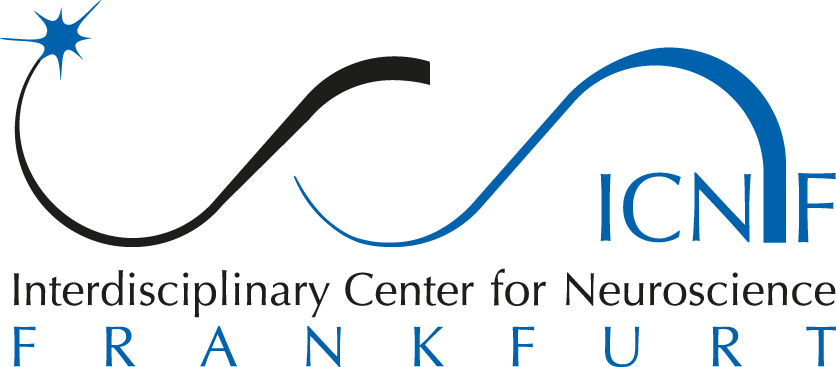The glioblastoma: Clinic, pathology and genetics
Professor Dr. med. Paul Kleihues, Former Director of the Institute for Neuropathology, University Medical Center, Zuerich, Switzerland on November 11, 2013
Despite significant therapeutic advances, glioblastoma is still associated with very negative prognoses. The main reasons are the motility of the tumour cells and their associated diffuse infiltration of brain tissue and pronounced genomic instability. As yet, interventions targeting specific signal pathways have remained unsuccessful. The majority of glioblastomas (around 90%) manifest de novo in older patients after a very short medical history, without evidence of a less malignant pre-lesion (primary glioblastoma). Secondary glioblastomas develop over a longer time from lower grade or anaplastic astrocytoma. These secondary glioblastomas appear with patients 15 years younger, are primarily located in frontal areas, are less necrotic and have a considerable better prognosis. They are characterized genetically by an IDHI mutation that is lacking in primary glioblastomas. They have a “pro-neural” expression profile with hypermethylation of numerous genes.
